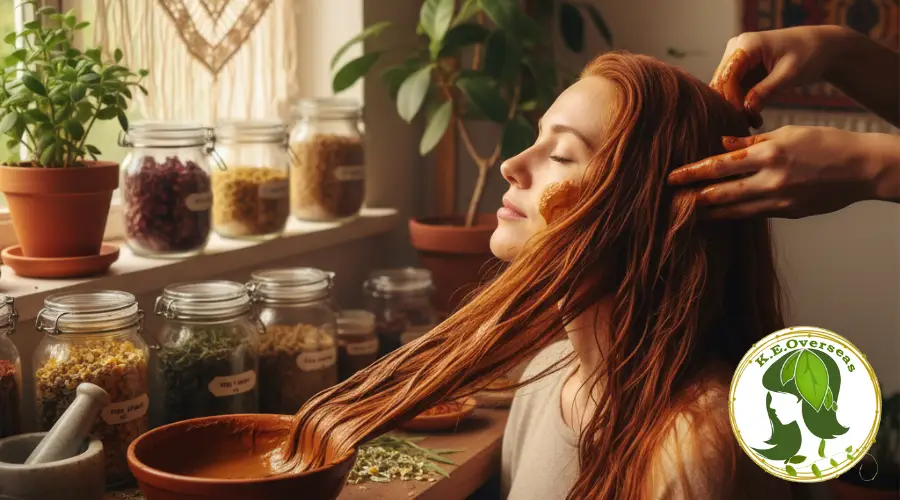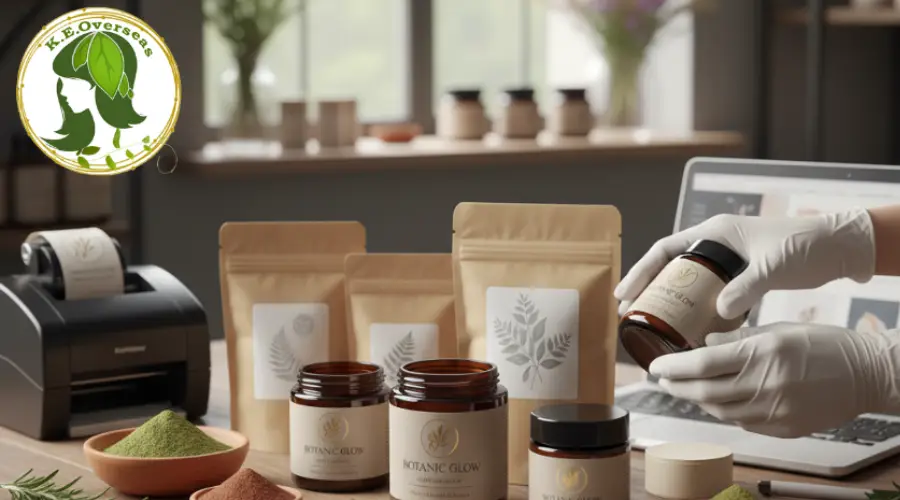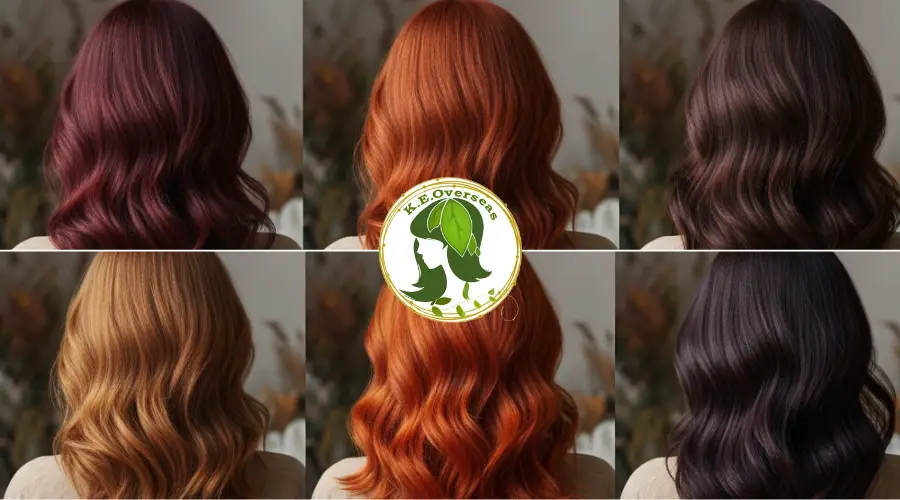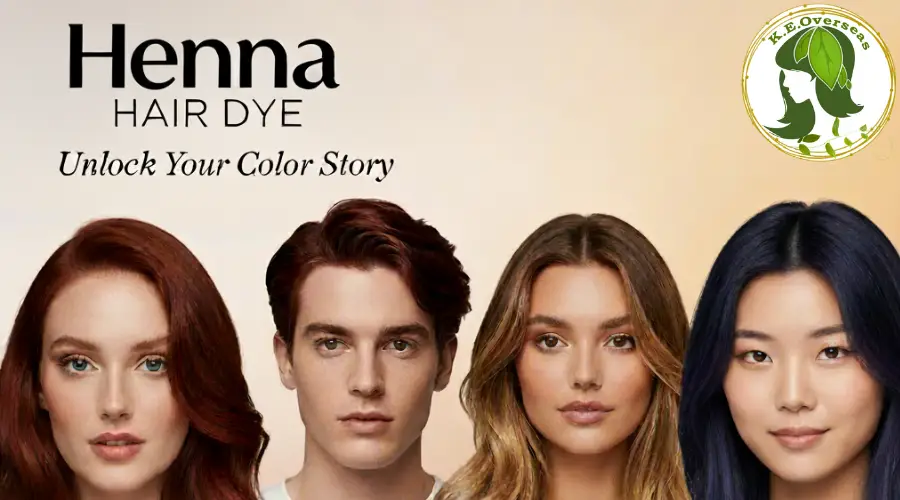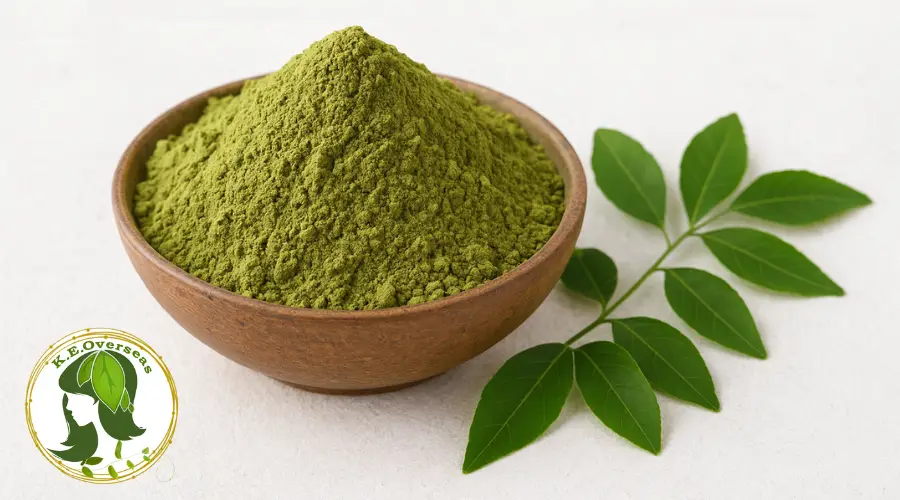In an era dominated by chemical-laden shampoos, conditioners, and hair dyes, there’s a quiet revolution brewing in the world of hair care. Trichologists experts who specialize in the science of hair and scalp health are increasingly turning their attention to ancient remedies like henna.
This natural plant-based dye, derived from the leaves of the Lawsonia inermis shrub, has been a staple in traditional beauty routines for millennia, particularly in cultures across the Middle East, North Africa, and South Asia. But why are these modern professionals revisiting rituals that date back to ancient Egypt and India? The answer lies in a growing appreciation for natural, sustainable, and effective hair care solutions that address contemporary issues like pollution-induced damage, chemical sensitivities, and the quest for holistic wellness.
As we delve deeper, we’ll explore the historical roots of henna, its scientifically backed benefits, and how it’s reshaping modern trichology practices.
Henna‘s history is as rich and vibrant as the reddish-orange hue it imparts to hair. For thousands of years, it wasn’t just a cosmetic tool but a symbol of cultural and spiritual significance. In ancient Egypt, henna was used in mummification processes and as a hair treatment to protect against the harsh desert sun. Cleopatra herself is said to have used it to maintain her iconic locks. Similarly, in India, henna has been integral to Ayurvedic medicine, where it’s applied as a paste to strengthen hair, soothe the scalp, and even treat ailments like dandruff and premature graying.
These rituals weren’t haphazard; they were based on empirical knowledge passed down through generations. Women would mix henna powder with natural ingredients like yogurt, lemon juice, or essential oils to create a nourishing mask that not only dyed the hair but also conditioned it deeply. This holistic approach treated hair as an extension of overall health, aligning with the ancient philosophy that beauty stems from within.
Fast-forward to today, and trichologists are rediscovering henna amid a backlash against synthetic hair products. The modern hair care industry is flooded with chemicals like sulfates, parabens, and ammonia-based dyes, which can strip the hair of its natural oils, cause irritation, and even lead to long-term damage. According to a 2022 study published in the Journal of Cosmetic Dermatology, prolonged exposure to these chemicals increases the risk of scalp disorders such as dermatitis and alopecia. Enter henna, which offers a natural alternative without the harsh side effects.
Trichologists are particularly drawn to its active compound, lawsone, a pigment that binds to the keratin in hair, providing a semi-permanent color while simultaneously fortifying the strands. This dual action makes henna more than just a dye; it’s a therapeutic agent that can repair and protect.
One of the primary reasons for this revival is the proven efficacy of henna in addressing common hair problems. In clinical settings, trichologists have observed that henna treatments can significantly improve hair texture and strength. For instance, a trial conducted by the International Journal of Trichology in 2020 found that participants who used henna regularly experienced a 20-30% reduction in hair breakage and split ends.
This is largely due to henna’s ability to coat the hair shaft, creating a protective barrier against environmental stressors like UV rays and pollution. Moreover, henna has antimicrobial properties that help combat scalp infections and dandruff, which are rampant in urban populations exposed to polluted air. Dr. Aisha Khan, a renowned trichologist based in London, explains, “Henna isn’t just about aesthetics; it’s about restoring balance. In my practice, I’ve seen patients with chronic scalp issues find relief through henna-based routines, which align with our body’s natural rhythms.”
The shift towards henna also reflects broader trends in sustainability and eco-conscious living. As consumers become more aware of the environmental impact of beauty products, henna stands out as a renewable resource.
Unlike synthetic dyes that contribute to plastic waste and chemical runoff, henna is biodegradable and sourced from plants that thrive in arid regions, promoting ethical farming practices. This eco-friendly aspect appeals to trichologists who advocate for green alternatives in their recommendations.
Additionally, the rise of social media has played a role, with influencers and beauty enthusiasts sharing their henna experiences, blending ancient wisdom with modern aesthetics. This cultural crossover has prompted trichologists to integrate henna into personalized treatment plans, often customizing the formula with additives like amla or brahmi for enhanced benefits.
However, this resurgence isn’t without challenges. While henna is celebrated for its natural origins, not all products on the market are pure. Some commercial henna mixes contain additives like PPD (para-phenylenediamine), a synthetic chemical that mimics henna’s coloring but can cause allergic reactions. Trichologists emphasize the importance of using 100% natural henna to avoid these pitfalls. Another consideration is the application process; henna requires time to set, which might not suit everyone’s fast-paced lifestyle.
Despite these drawbacks, the benefits often outweigh the inconveniences. For example, henna can be particularly beneficial for those with curly or textured hair, as it enhances moisture retention and reduces frizz, leading to more manageable and healthier locks.
In practice, modern trichologists are adapting ancient henna rituals to fit contemporary needs. Instead of the traditional method of applying a simple paste, they might recommend infused versions that incorporate modern science. For instance, combining henna with proteins like keratin or vitamins can amplify its conditioning effects.
A typical session might involve a scalp analysis followed by a customized henna treatment, complete with post-application care tips. This personalized approach ensures that henna isn’t just a trend but a tailored solution. As one trichologist put it, “We’re not reinventing the wheel; we’re polishing it with evidence-based insights.”
The revival of henna also ties into the growing interest in preventive hair care. In a world where stress, poor diet, and environmental factors contribute to hair loss and thinning, trichologists are advocating for proactive measures.
Henna’s ability to nourish the scalp and promote blood circulation makes it an excellent preventive tool. Research from the American Journal of Ethnomedicine highlights how traditional plants like henna can complement modern treatments, offering a bridge between old and new.
Ultimately, the return to henna rituals signifies a broader cultural shift towards authenticity and wellness. By revisiting these ancient practices, trichologists are not only addressing immediate hair concerns but also fostering a deeper connection to natural remedies. As we navigate the complexities of modern life, henna serves as a reminder that some of the best solutions have been with us all along. Whether you’re dealing with dull hair, scalp irritation, or simply seeking a sustainable routine, exploring henna could be the key to unlocking healthier, more vibrant locks. In the words of an ancient proverb, “The earth provides what we need; we just have to remember how to use it.” So, the next time you reach for that bottle of chemical dye, consider the timeless wisdom of henna it might just be the secret to your hair’s future.



